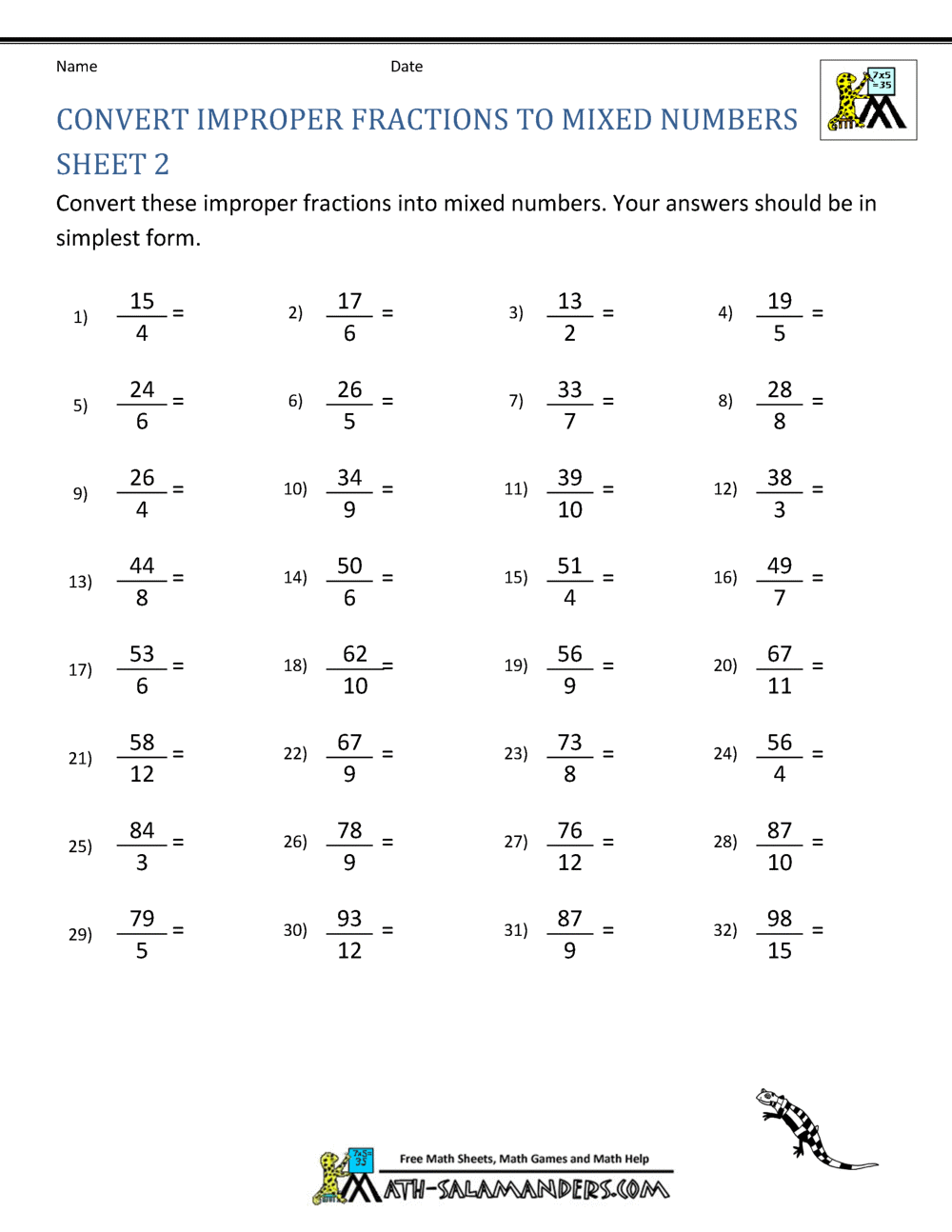

We can also use this idea of positional notation where each digit represents a different weighted value depending upon the position it occupies in the binary numbering system. Then the value of any decimal number will be equal to the sum of its digits multiplied by their respective weights, so for our example above: N = 1234.567 10 in the weighted decimal format this will be equal too: So we can see that each digit in the standard decimal system indicates the magnitude or weight of that digit within the number. Likewise, for the fractional numbers to right of the decimal point, the weight of the number becomes more negative giving: 5 -1, 6 -2, 7 -3 etc. Thus mathematically in the standard denary numbering system, these values are commonly written as: 4 0, 3 1, 2 2, 1 3 for each position to the left of the decimal point in our example above. Then the decimal numbering system uses the concept of positional or relative weighting values producing a positional notation, where each digit represents a different weighted value depending on the position occupied either side of the decimal point. The Significant Figures Calculator by Quentin Truong.Thus as we move through the number from left-to-right, each subsequent digit will be one tenth the value of the digit immediately to its left position, and so on. You may be at university and need to calculate your weighted grade.Īnd, if you find yoursefl needing some assistance with rounding calculations to significant figures, check out You may, for example, wish to add, subtract, multiply, divide or simplify fractions. The Calculator Site features a number of popular math and education calculators. then you should enter 1.234 into the Decimal number box and 3 into the Trailing decimal places to repeatīox (signifying that the last 3 digits of the number should repeat). For other non-repeating decimals, keep the default setting at 0.Īs an example, if you want to convert a repeating decimal such as 1.234. Number of digits from the end of the decimal to repeat. Our calculator gives you the opportunity to represent repeating decimals by entering a figure into the 'Number of trailing decimal places to repeat' box. You can use our decimal to fraction calculator to check your calculation answers or to get help with figuring out the methodology behind converting a decimal number to a fraction.Īs well as providing a result for your calculation, we also show you how the answer was achieved. Advertisement Using the decimal to fraction calculator One example of an irrational number is pi (3.14159265.) There's just no reasoning with them. These are called "irrational numbers",Īnd with good reason. If you manage to find a number which simply can't become a fraction, then don't be too hard on yourself. Should you have a whole number at the beginning of your decimal (6.45), you can simply remove it to work out your decimal, then include it again at the end (Example: 6 and 9/20). Find the 'Greatest Common Factor' (the highest number that divides exactly into both the numerator and the denominator).Įxample: Both 45 and 100 are multiples of 5, so we can divide both numbers by 5. Multiply your numerator by 10 / 100 / 1000 (your multiplier from step 1), and then do the same for the denominator.The denominator below the line is always 1, because a decimal is always part of 1. Write out your decimal as the numerator of a fraction (i.e.This will become your multiplier in step 3. Establish whether your decimal is working in tens, hundreds, thousands or more.If your decimal has three digits after the point, then you are working in thousands, If your decimal has two digits after the point, then you will be working in hundreds. If you're looking at a decimal which only has one number after the point, then you are working in tens. 'thousandth' etc., based on its position after the decimal point. The most important thing you need to keep in mind when you want to convert a decimal to a fraction is that a decimal expresses whether something is a 'tenth', a 'hundredth', a Converting a decimal to a fraction - step by step Some decimals are so familiar to us that we can instantly see them as fractions: if your sister is 14.5 years old, you know that she's 14 1/2 if you buy a bag of potatoes weighingĠ.75kg, you know that it's 3/4 of a kilo if you give your sister a 3/4 kilo bag of potatoes for her 18th birthday, you know that your chances of a polite and enthusiastic response areīut what of other less obvious decimals - how can you calculate what 0.45, 0.62 or 0.384 is as a fraction, for example? Here's how. You can then simplify the fraction if needed.

To turn it into a fraction, place the 4 over 10, to give 4/10. As an example, for 0.4 you'll find the four is in To convert a decimal to a fraction, take the decimal number and write it as the numerator (top number) over its position value.


 0 kommentar(er)
0 kommentar(er)
